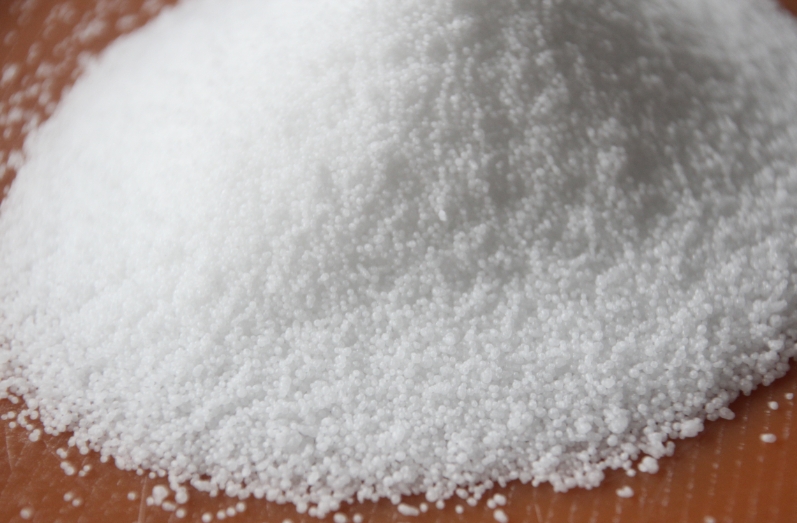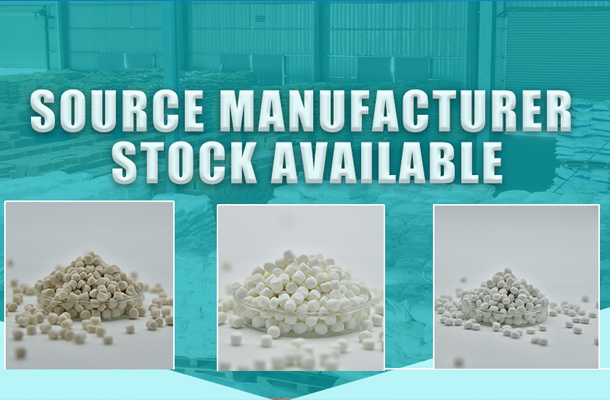In the paper manufacturing industry, stearic acid plays several pivotal roles, including:
Component in Wax Emulsions: It serves as a primary constituent in the formulation of wax emulsions, which are applied to the surface of specialty papers such as greaseproof paper and wax-coated paper. These emulsions enhance the paper's water resistance and oil repellency while improving its glossiness and printability.
Viscosity Modifier and Stabilizer: Stearic acid increases the viscosity of pulp or coating slurries, acting as a thickener that facilitates a more uniform coating application. Its stabilizing properties ensure homogeneity in the slurry, preventing separation or sedimentation of particles.
Improvement of Print Quality: By augmenting the surface smoothness and sheen of the paper, stearic acid positively influences print quality, enabling ink to distribute more evenly and yield brighter, more vivid colors.
Water Resistance Enhancement: The inclusion of stearic acid significantly bolsters the paper's water-resistant properties, a crucial characteristic for packaging papers, label papers, and other applications where moisture protection is vital.
Lubrication: Within the papermaking process, stearic acid and its salts, such as calcium stearate, act as lubricants, reducing equipment wear and tear and enhancing production efficiency. They minimize fiber-to-fiber friction, facilitating smoother paper formation and easier release during processing, while also maintaining cleanliness of the equipment and final product.
Anti-stick Properties: It prevents paper from adhering during high-speed production lines, particularly during the drying stage, by introducing an anti-stick layer that maintains the separation of individual sheets, thereby minimizing waste.
In summary, stearic acid is instrumental in the paper industry for enhancing physical properties of paper, optimizing processing conditions, and ensuring the production of high-quality finished products tailored to specific functional requirements.







